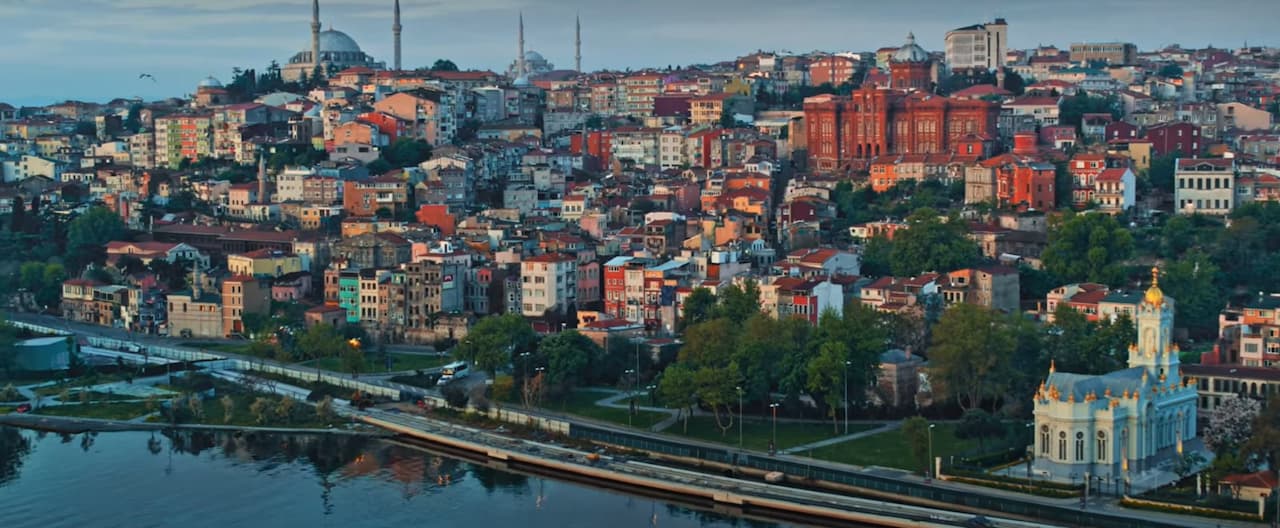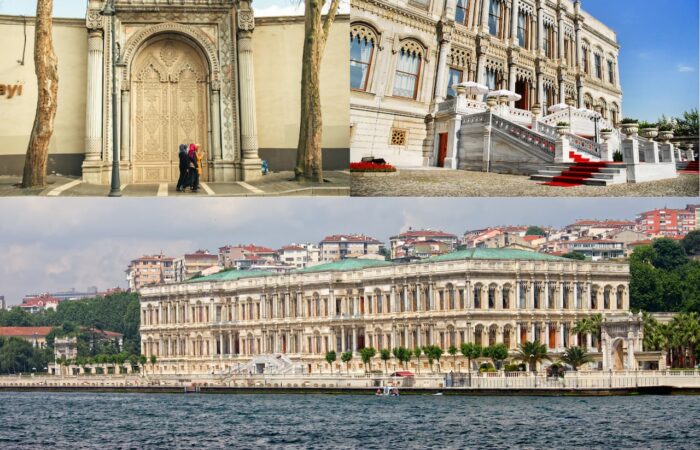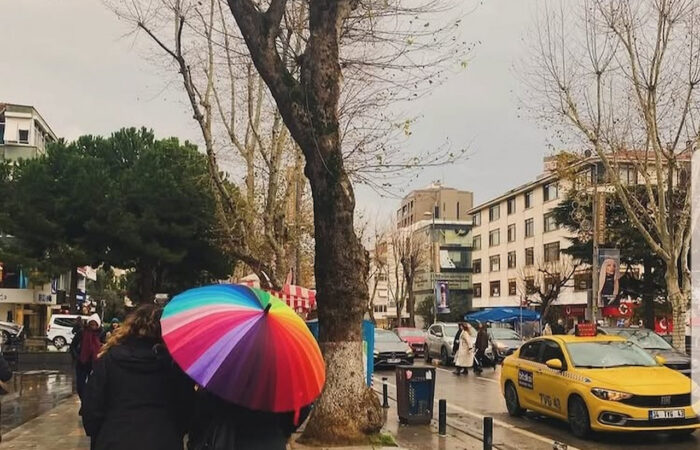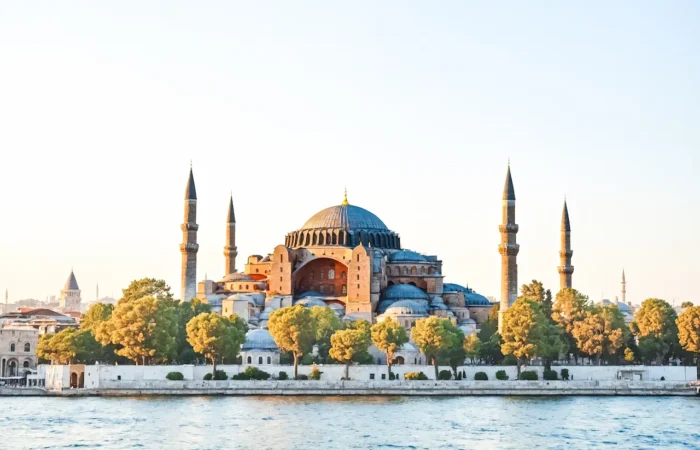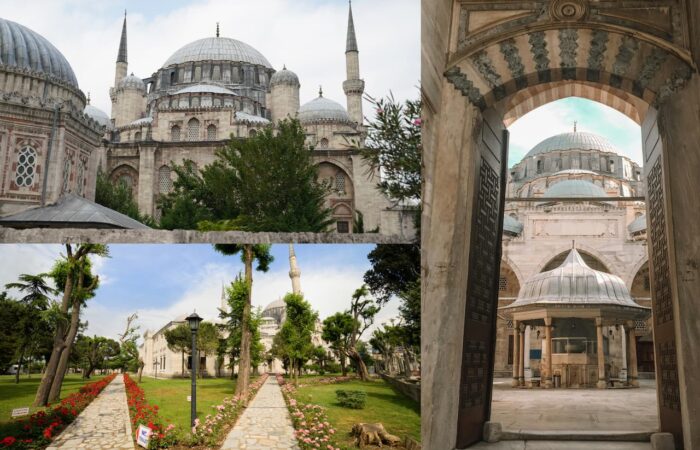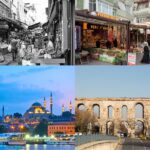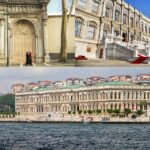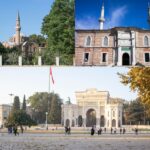Balat and Fener are two of Istanbul’s most vibrant and historically rich neighborhoods, located along the Golden Horn. Known for their colorful houses, cobblestone streets, and layers of cultural heritage, these districts reflect the multicultural spirit of the city. A walk through Balat and Fener feels like stepping back in time, offering glimpses of Ottoman, Greek Orthodox, and Jewish influences.
These neighborhoods have gained popularity not only for their historical importance but also for their trendy cafés, antique shops, and art galleries. The blend of old and new makes Balat and Fener a must-visit for anyone looking to experience the authentic side of Istanbul.
How to Get to Balat and Fener
By Bus: Buses from Eminönü (Bus 36CE, 44B) or Taksim (Bus 55T) go directly to Balat and Fener.
By Tram and Walk: Take the T1 tram line to Eminönü and walk along the Golden Horn for approximately 20 minutes.
By Ferry: Ferries from Üsküdar or Karaköy stop at Ayvansaray or Fener piers.
By Foot: If you are in the Sultanahmet area, a leisurely walk along the shore of the Golden Horn will lead you to these neighborhoods.
What to See in Balat and Fener
The Ecumenical Patriarchate of Constantinople: Located in Fener, this is the spiritual center of the Eastern Orthodox Church. The site features a beautiful church and a peaceful courtyard.
Phanar Greek Orthodox College (Fener Rum Lisesi): A striking red-brick building perched on a hill, often referred to as the “Red Castle” by locals.
Ahrida Synagogue: One of the oldest synagogues in Istanbul, located in Balat, reflecting the Jewish heritage of the area.
Colorful Houses of Balat: Wander the narrow streets and marvel at the rows of brightly painted houses. These iconic, Instagram-worthy homes are a hallmark of the neighborhood.
Saint Stephen’s Bulgarian Church: A stunning iron church built in the late 19th century, showcasing unique architectural elements.
Antique Shops and Art Galleries: Explore the antique stores and art galleries dotted around Balat for unique finds.
Balat Market: Held on Sundays, this vibrant street market offers vintage items, second-hand books, and local delicacies.
Where to Eat in Balat and Fener
Forno Balat: A cozy spot famous for its wood-fired pizzas, pastries, and breakfast options.
Cafe Naftalin K. A charming café with vintage décor and delicious Turkish coffee.
Cooklife Balat: A trendy café offering international and Turkish fusion dishes, perfect for brunch.
Agora Meyhanesi: One of the oldest taverns in Istanbul, offering traditional mezes and seafood.
Balat Sahil Restaurant: Located by the shore, it serves fresh fish and traditional Ottoman dishes.
Why are Balat and Fener Important?
Balat and Fener hold significant historical and cultural value. These neighborhoods were home to diverse communities, including Greek Orthodox Christians, Armenians, and Jews, living side by side during the Ottoman era. This multicultural coexistence has left a unique architectural and cultural imprint on the area.
Cultural Heritage: The districts are part of UNESCO’s Historic Areas of Istanbul, preserving the city’s layered past.
Religious Diversity: The synagogues, mosques, and churches in close proximity reflect the religious harmony that once defined the area.
Artistic Revival: In recent years, Balat and Fener have become hubs for artists and creatives, hosting street art festivals and local exhibitions.
Community Spirit: The neighborhoods maintain a strong sense of community, with local markets, festivals, and neighborhood initiatives keeping the cultural spirit alive.
Tips for Visiting Balat and Fener
Wear Comfortable Shoes: The streets are steep and cobbled, so comfortable footwear is essential.
Bring a Camera: The colorful streets, historic landmarks, and local life make for excellent photo opportunities.
Take Your Time: Balat and Fener are best explored on foot at a leisurely pace. Allow 3-4 hours to fully experience the area.
Explore the Side Streets: Don’t just stick to the main roads—hidden gems are often found down the quieter alleyways.
Balat and Fener are not just neighborhoods; they are living museums that tell the story of Istanbul’s rich, multicultural past. Whether you’re interested in history, architecture, or simply want to enjoy a cup of coffee in a colorful street, these quarters offer an unforgettable experience.

